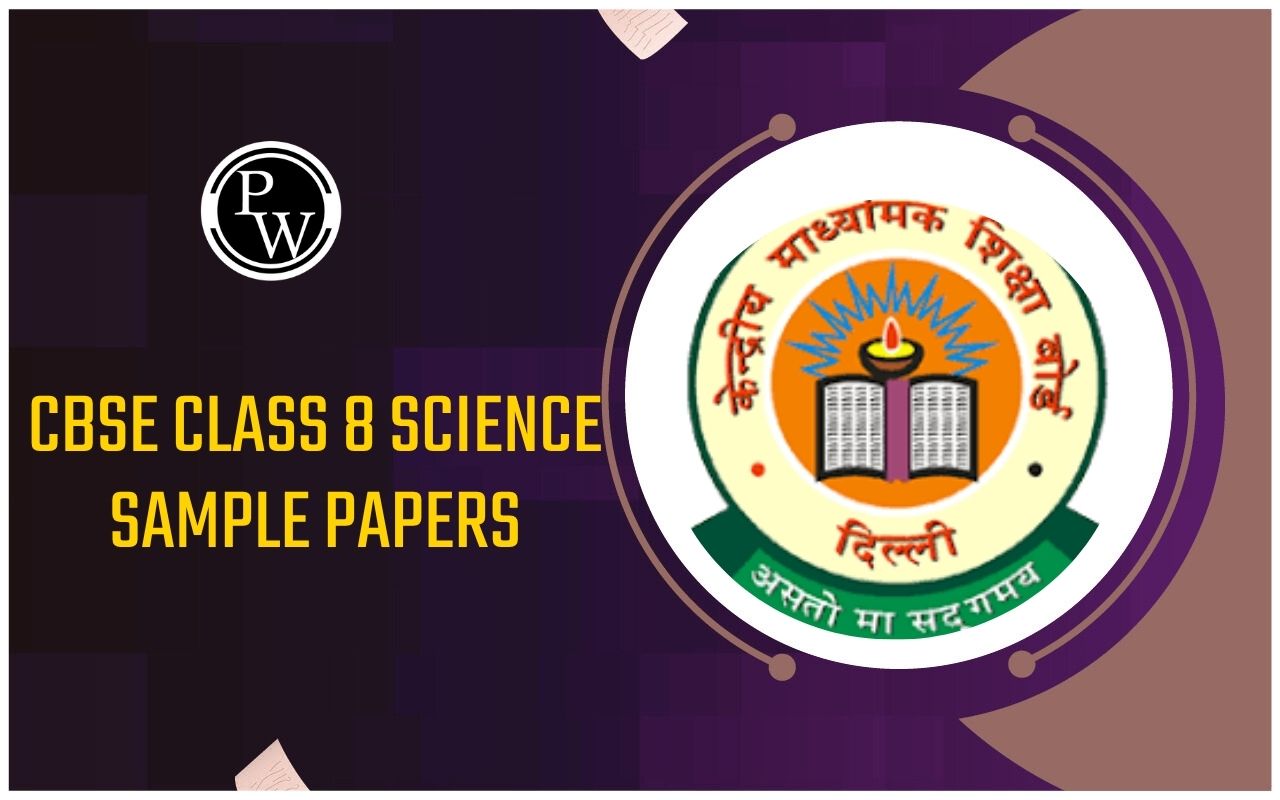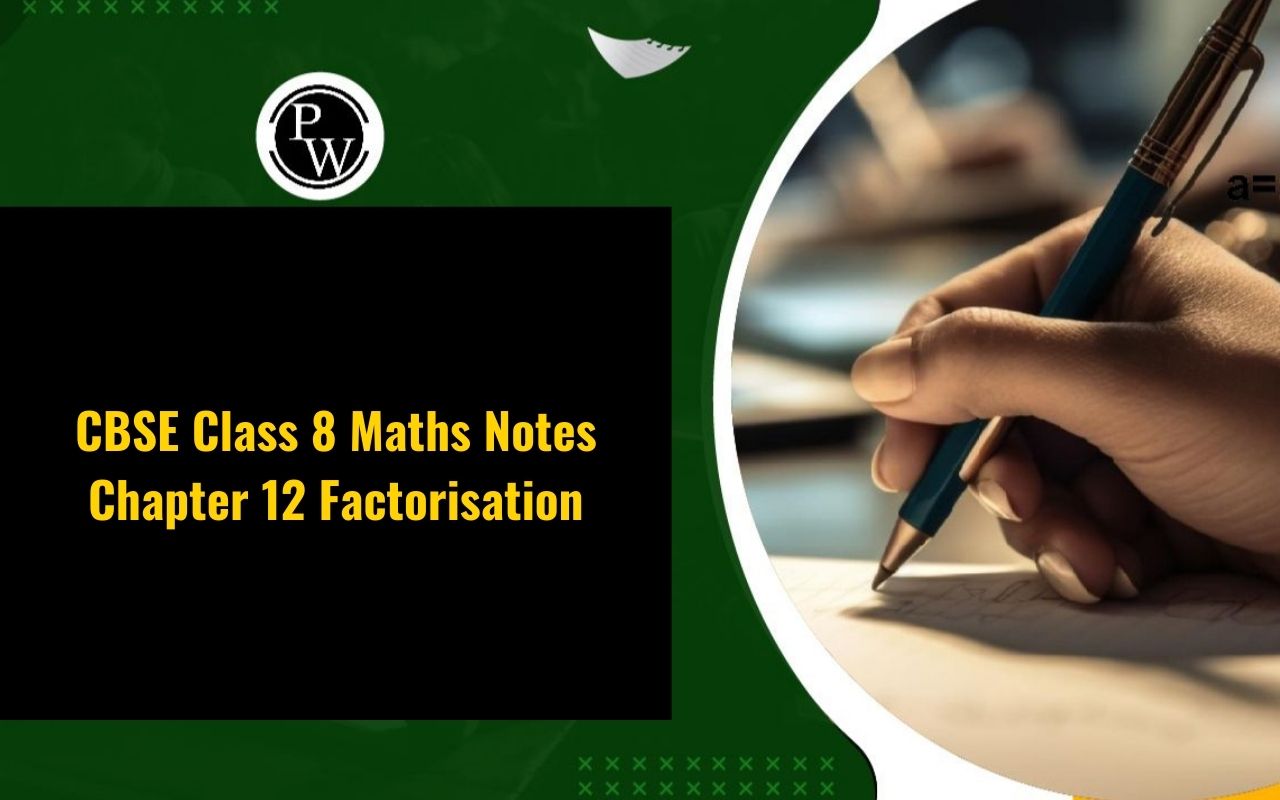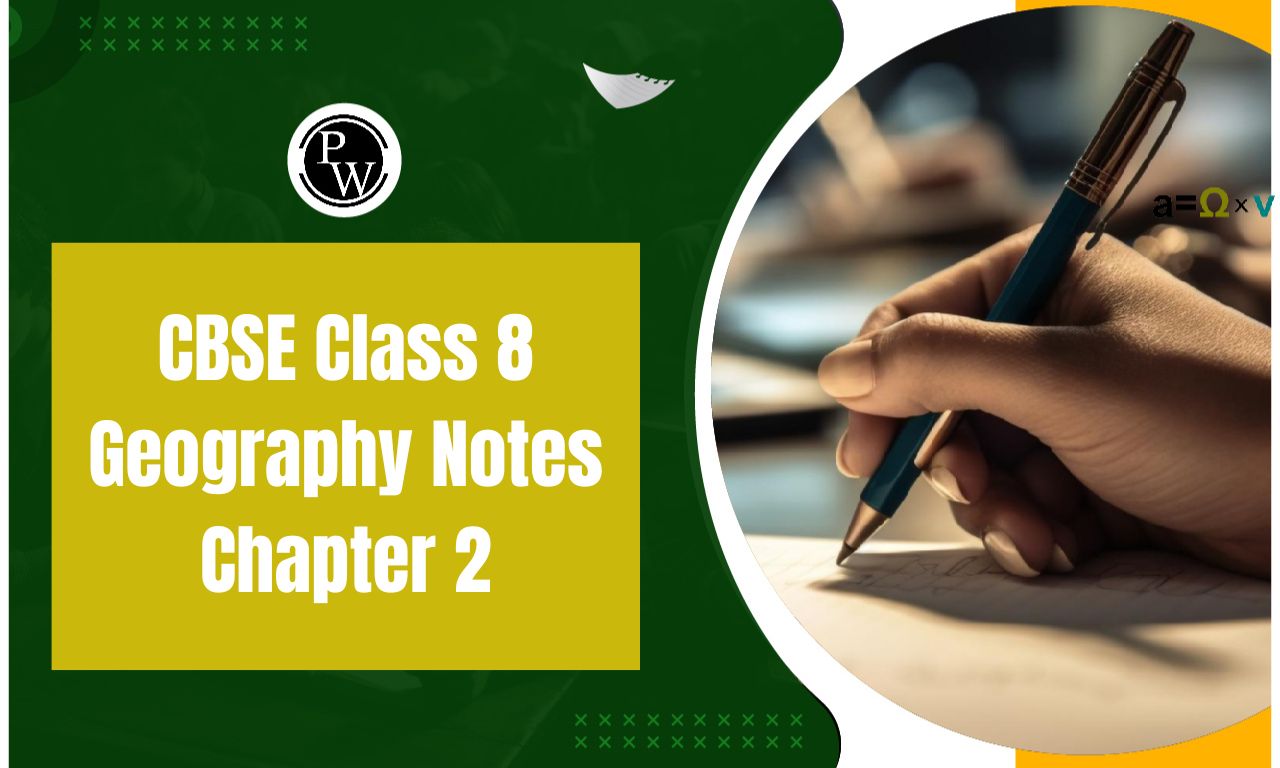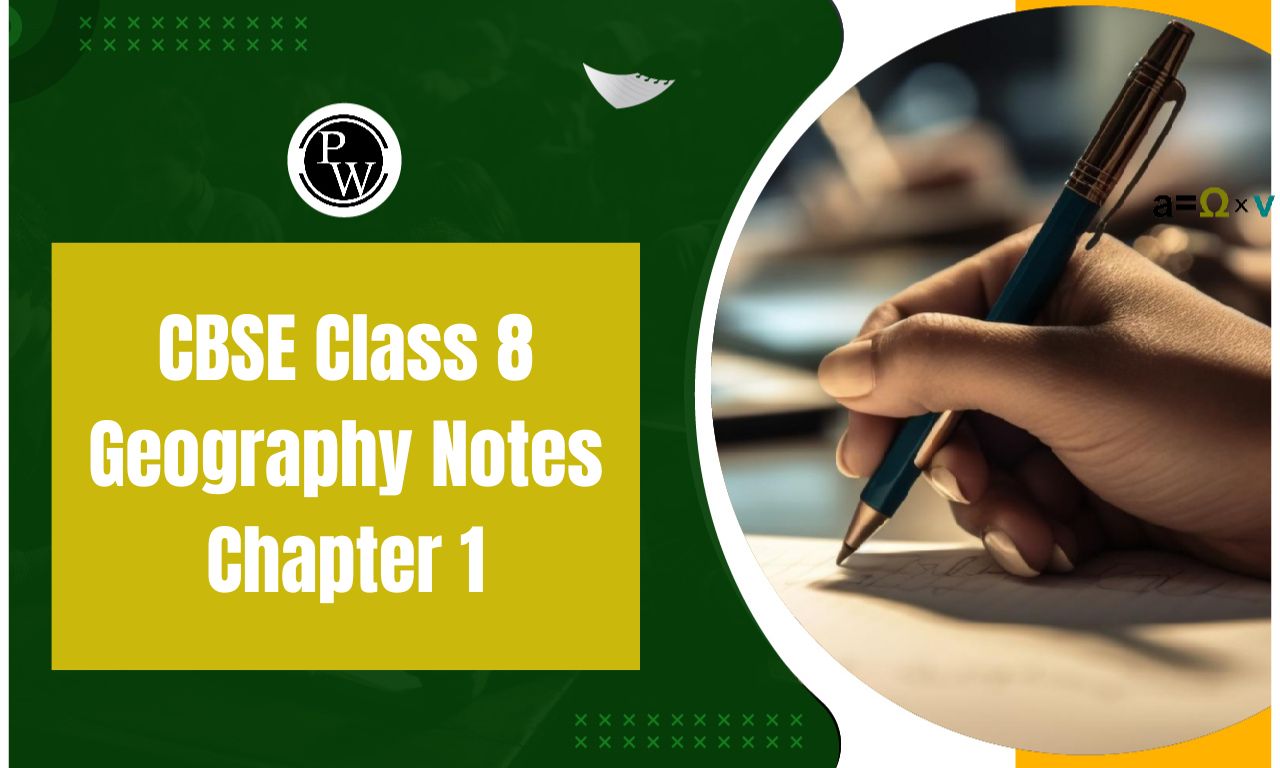

NCERT Solutions for Class 8 Social Science Civics Chapter 5: NCERT Solutions for Class 8 Civics Social Science Chapter 5, "Understanding Marginalisation," focus on how some groups in society are left out or treated unfairly.
It talks about why certain people, like minorities or those who are poor, don't have the same opportunities as others. The chapter looks at the reasons behind this, like prejudices, economic differences, and unfair rules. It uses examples to show how these groups struggle to get their rights and be treated equally. The solutions in this chapter help students understand these issues better and think about how to make society fairer for everyone.NCERT Solutions for Class 8 Social Science Civics Chapter 5 Overview
These notes on NCERT Solutions for Class 8 Social Science Civics Chapter 5, "Understanding Marginalisation," are created by subject experts at Physics Wallah. They give a clear overview of the chapter, which talks about how some groups in society face difficulties and unfair treatment. The solutions cover why this happens, like unfair rules and how people think about others. They also explain how these groups try to get their rights and be treated fairly. These notes are designed to help students understand these issues better and think about how to make society more fair for everyone.NCERT Solutions for Class 8 Social Science Civics Chapter 5 PDF
You can access the PDF for NCERT Solutions for Class 8 Social Science Civics Chapter 5, "Understanding Marginalisation," through the link provided below.NCERT Solutions for Class 8 Social Science Civics Chapter 5 PDF
NCERT Solutions for Class 8 Civics Chapter 5 Understanding Marginalisation
These solutions for NCERT Class 8 Civics Chapter 5 – Understanding Marginalisation are available below.1. Write in your own words two or more sentences of what you understand by the word ‘marginalisation’.
Answer:
Marginalisation is a social process where certain groups are pushed into lower social standings. This often involves denying them their basic rights, which leads to a decline in their social and economic status. Marginalised groups find themselves living on the outskirts of society rather than being included in the mainstream. As a result, they lack opportunities for social and economic progress, further perpetuating their disadvantaged position.2. List two reasons why Adivasis are becoming increasingly marginalised.
Answer: Adivasis are increasingly facing marginalisation due to two primary reasons:
- Changes in Forest Laws : Amendments in forest laws have restricted Adivasis' traditional rights to access forest resources. Historically, Adivasis have relied on forests for their livelihood, gathering food, fuel, and medicinal plants. The changes in laws have limited their access to these resources, affecting their traditional way of life and economic independence.
- Industrial Development and Displacement : The establishment of factories and other industrial projects in tribal areas has led to displacement and disruption of Adivasi communities. Many Adivasis have been forced to leave their ancestral lands and migrate to other regions in search of livelihood opportunities. This displacement not only disrupts their cultural and social fabric but also exacerbates their economic vulnerability.
3. Write one reason why you think the Constitution’s safeguards to protect minority communities are very important.
Answer: Safeguards to protect minority communities are essential because there is a risk that the majority community could culturally dominate them. This dominance could potentially marginalize minority communities, limiting their ability to preserve their cultural identity, practices, and languages. Without safeguards, minority groups may face discrimination or exclusion from societal opportunities and decision-making processes.
Therefore, these protections aim to ensure that minority communities can maintain their cultural heritage, participate fully in society, and have equal rights and opportunities alongside the majority population.4. Re-read the section on Minorities and Marginalisation. What do you understand by the term minority?
Answer: In India, a minority refers to a community that constitutes a small percentage of the overall population compared to the dominant or major communities. This classification typically applies to religious or linguistic groups that are numerically fewer than others in a given region or country.
The Constitution of India recognizes the importance of safeguarding the rights of religious and linguistic minorities as fundamental to ensuring equality and preventing discrimination. It guarantees protections to ensure that minorities are not disadvantaged or marginalized based on their minority status. These safeguards are crucial for maintaining the cultural, religious, and linguistic diversity of the country. In India, minorities include communities such as Christians, Sikhs, Muslims, and others who may face challenges in maintaining their distinct identity and practices within a predominantly Hindu-majority society. The constitutional provisions aim to uphold the rights of minorities, promote social harmony, and ensure their equal participation in the nation's socio-economic and political life.5. You are participating in a debate where you have to provide reasons to support the following statement: ‘Muslims are a marginalised community.’ Using the data provided in this chapter, list two reasons that you would give.
Answer: The data presented in the chapter highlights significant disparities in literacy rates and representation within administrative services among different religious communities in India. According to the statistics, the literacy rate among Muslims is reported to be 59%, which is notably lower compared to other communities: Hindus (65%), Sikhs (70%), Buddhists (73%), Christians (80%), and Jains (94%).
The representation of Muslims in prestigious government services like the Indian Administrative Service (IAS) is only 3%. These statistics underscore the marginalisation experienced by the Muslim community in India, indicating that they face challenges in accessing quality education and opportunities for professional advancement. These disparities reflect broader socio-economic inequalities and systemic barriers that contribute to the marginalisation of Muslims in Indian society. Addressing these issues requires targeted efforts to improve educational outcomes, enhance employment opportunities, and ensure equal representation and participation of all communities in governance and public institutions.6. Imagine that you are watching the Republic Day parade on TV with a friend, and she remarks, “Look at these tribal people. They look so exotic. And they seem to be dancing all the time.” List three things that you would tell her about the lives of Adivasis in India.
Answer: Adivasis possess extensive knowledge of forests, stemming from their historical practices as hunters, gatherers, and sometimes nomadic communities. They engaged in shifting agriculture, where they moved from one plot of land to another, as well as settled cultivation in fixed locations. This profound understanding of forests made them valuable to rulers of various empires in pre-colonial India.
7. In the storyboard, you read about how Helen hopes to make a movie on the Adivasi story. Can you help her by developing a short story on Adivasis?
Answer: Students have to do this by themselves.
8. Would you agree with the statement that economic marginalisation and social marginalisation are interlinked? Why?
Answer: Social marginalisation and economic marginalisation are indeed closely intertwined. When a social group is marginalized, they are often excluded from mainstream society, which limits their access to opportunities for education and skill development. This lack of access to quality education and skill-building programs hinders their ability to acquire necessary qualifications and competencies for higher-paying jobs.
Chapter 5 – Understanding Marginalisation Summary
- Easy Understanding: They help students understand the chapter easily by explaining concepts clearly.
- Structured Learning: The solutions follow the NCERT syllabus, covering all topics systematically.
- Improves Answering Skills: Students learn to answer different types of questions effectively, which helps in exams.
- Exam Preparation: These solutions prepare students well for exams by covering important points concisely.
- Deepens Understanding: Students gain a better understanding of social issues like marginalisation and its impacts.
- Self-assessment: They allow students to check their answers and identify areas where they need more practice.
NCERT Solutions For Class 8 Social Science Civics Chapter 5 FAQs
What is marginalisation?
Who are considered socially marginalised communities in India?
How do economic factors contribute to marginalisation?
What are the challenges faced by Adivasis in India?
Why is understanding marginalisation important?












